You would never guess from its cutesy, frog-eyed face, but the Twingo EV due next year will be the fastest Renault ever made. Yes, faster than a Clio V6, Mégane RS Trophy-R and even that old 1990s Espace they shoehorned a Formula 1 V10 into.
Okay, we're talking development speed here: the £17,000 city car will be Renault's first model developed in less than two years 100 weeks to be precise, half the time it took to develop a car just a few years ago. That won't ruffle the Autocar road test timing gear much but it's very significant in Renault's bid to match Chinese rivals and remain competitive in the new era.
It's the culmination of a major push to reduce development times. The Renault 5 and 4, which are underpinned by the Ampr Small EV platform, were each developed in three years. The Twingo will be the next step. It benefits from using the same platform and sharing many parts with those cars.
Renault is also trying to leverage its pace as a relatively small manufacturer compared with some European rivals. But the real time savings come from reducing planning, design, development and industrialisation schedules.
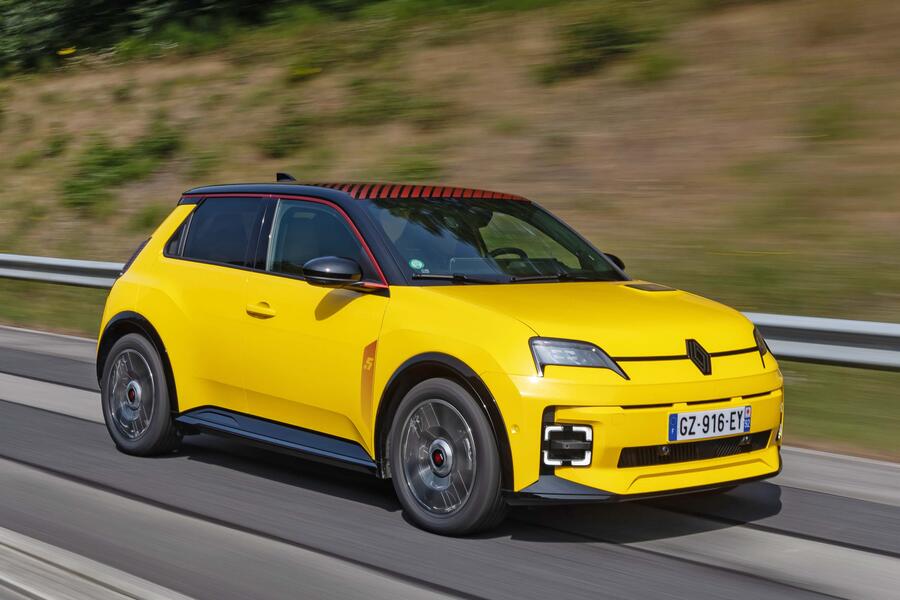
So why the rush? Trying to keep up with aggressive Chinese rivals is the start. But, as Renault deputy chief technology officer Cedric Combemorel notes, speed also "makes you quicker to respond to market trends".
Combemorel cites battery production as an example. "Two years ago, you have a gigafactory and you select lithium [NMC] chemistry for your batteries. You are the king of the world," he says. "Now, the market is asking why you don't have LFP. Going fast is a way to allow the company to make decisions at the last minute. Imagine you could design a car in one day. You'd know what the trend and the market is and be able to define the volume. There is a virtual loop around speed."

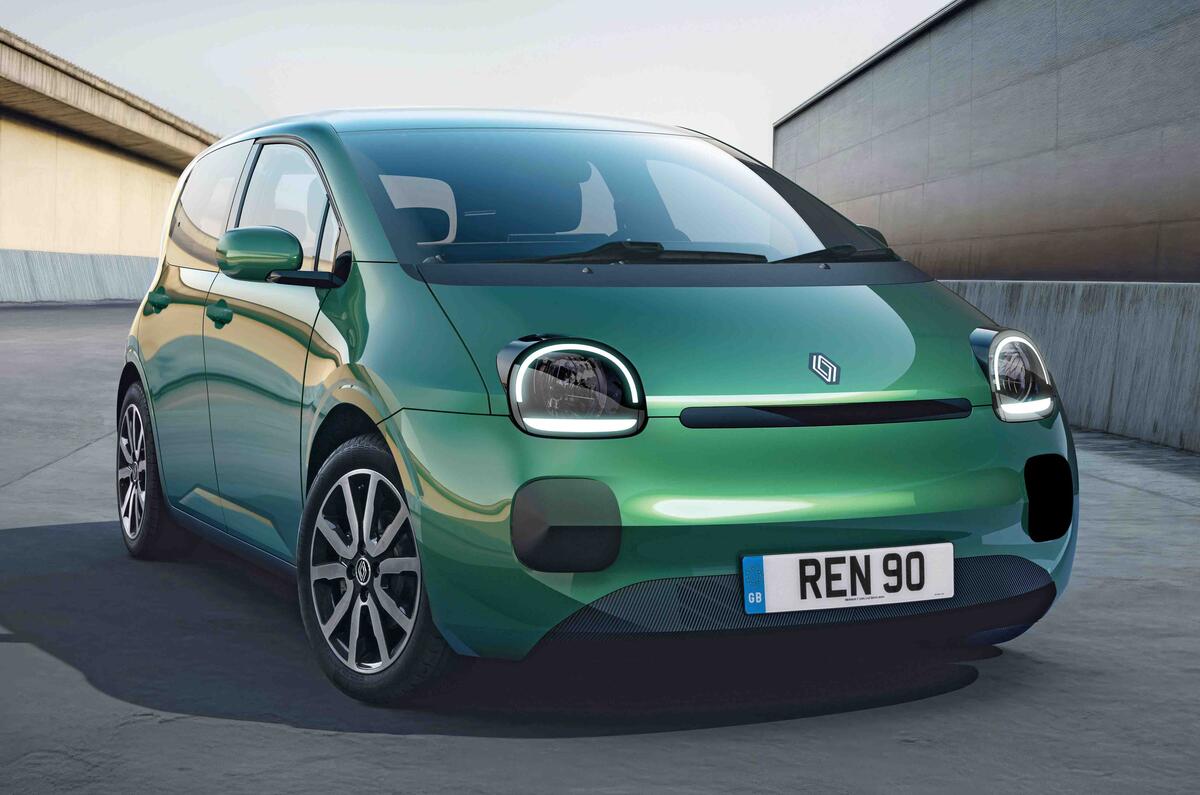
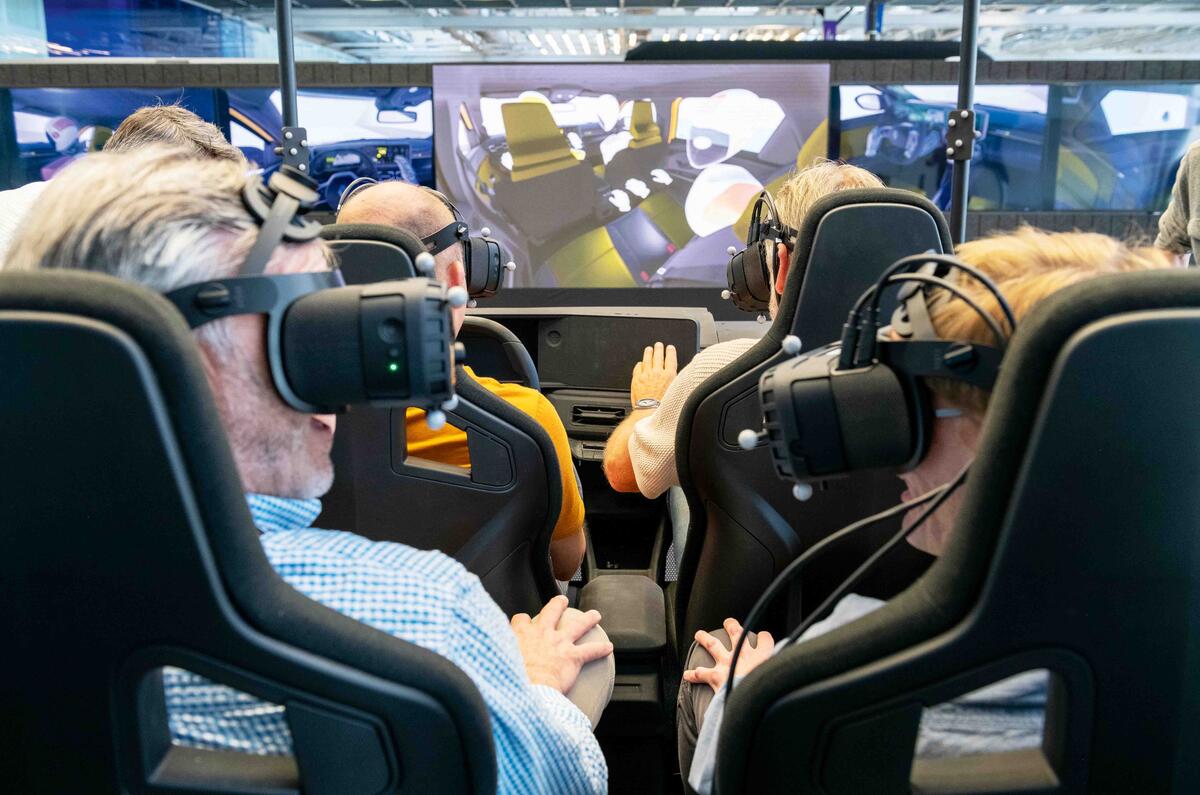
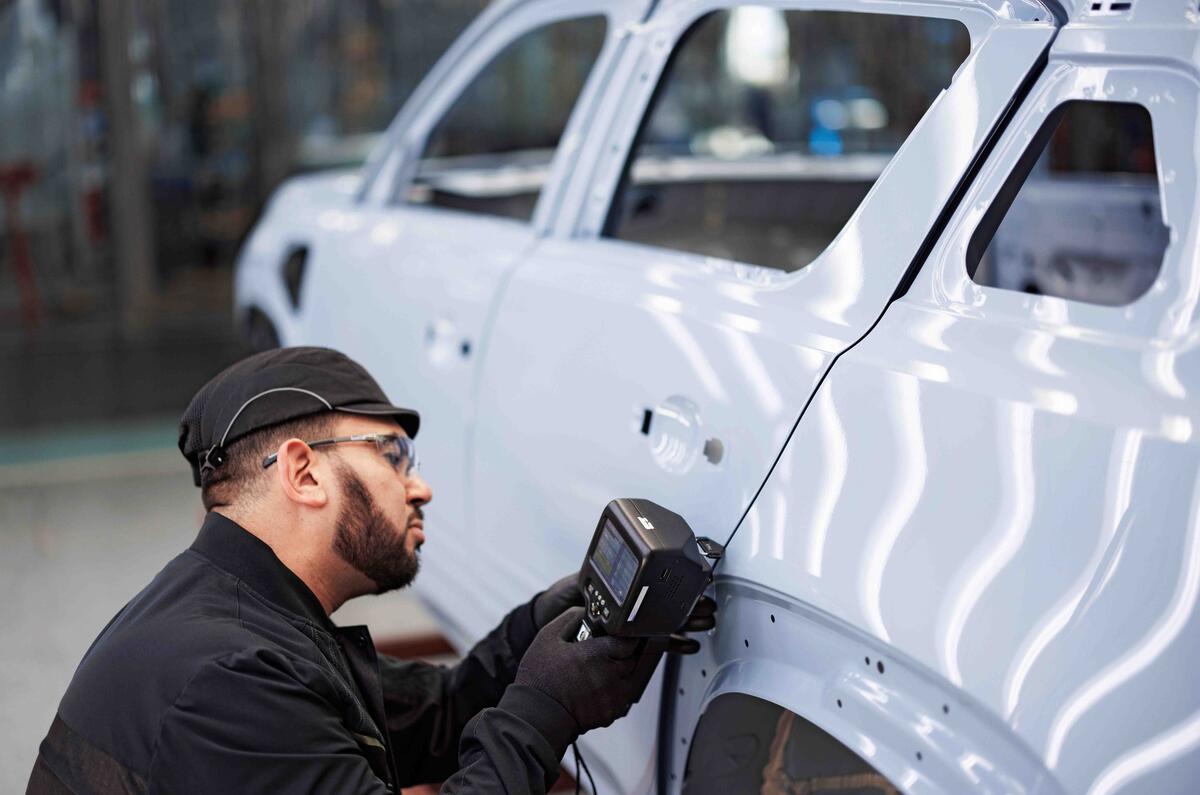
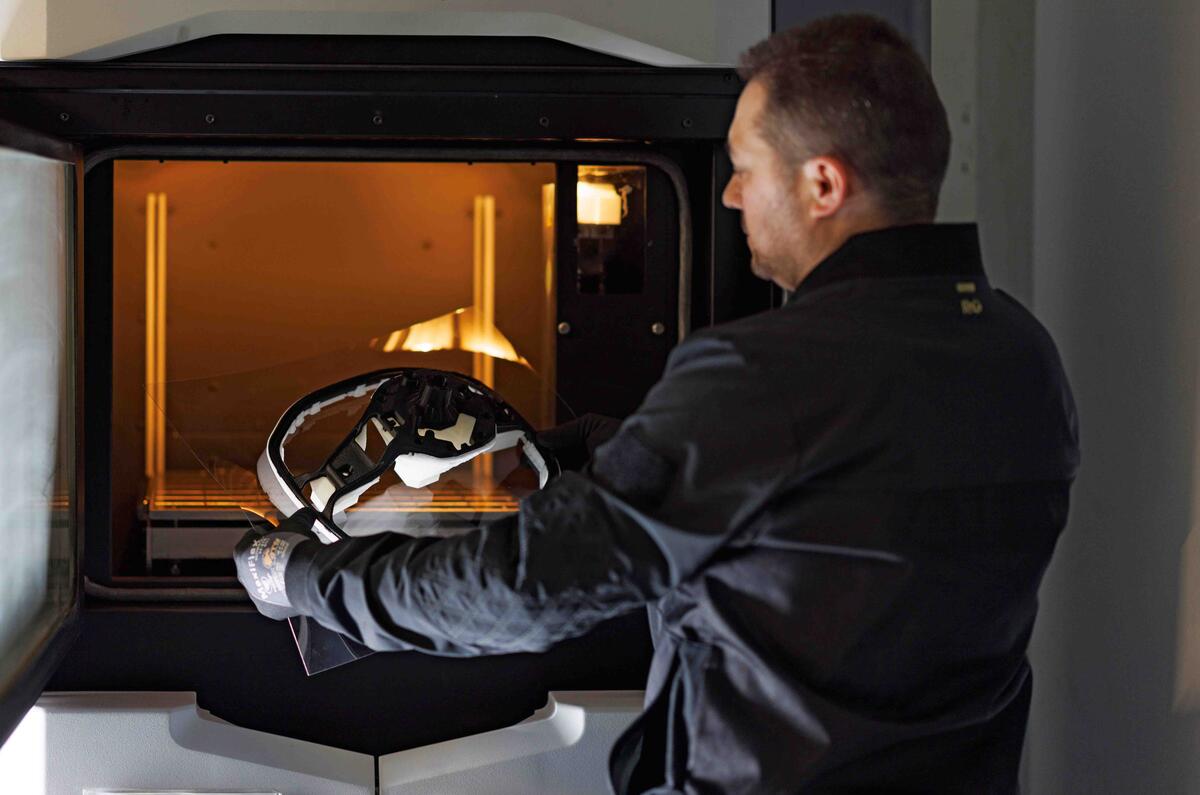
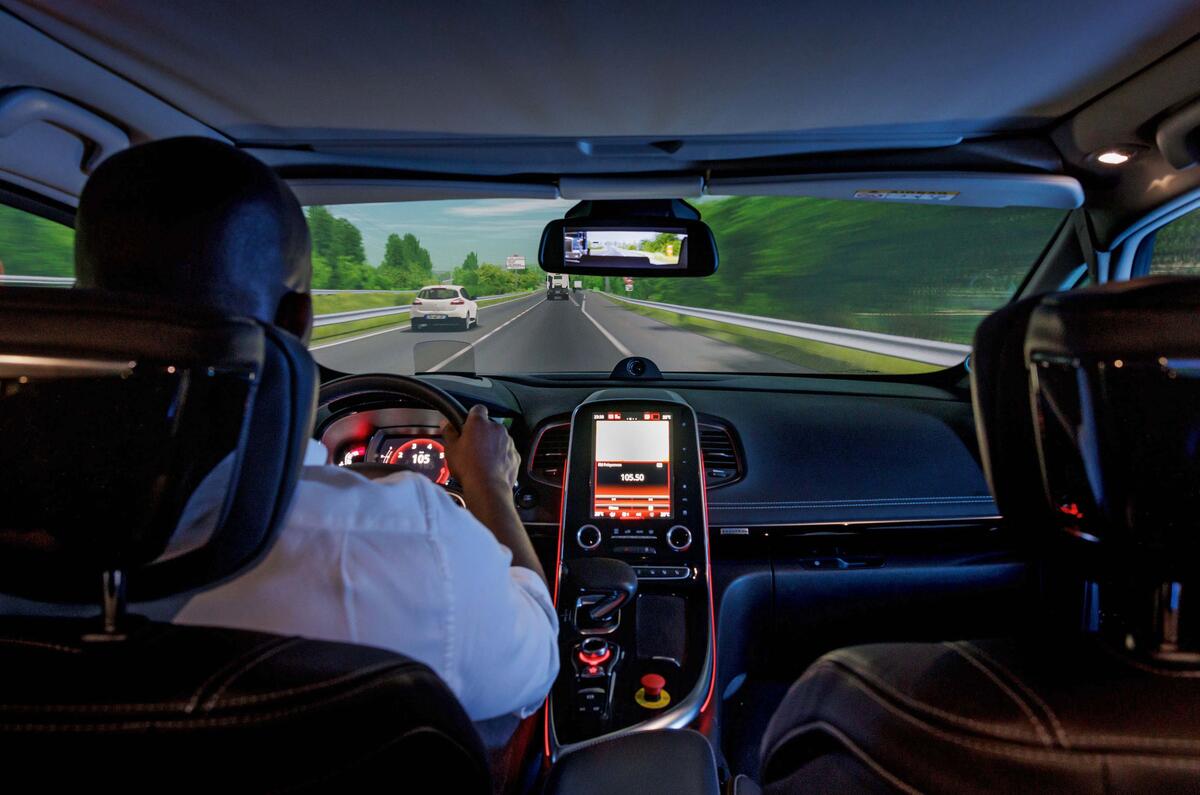
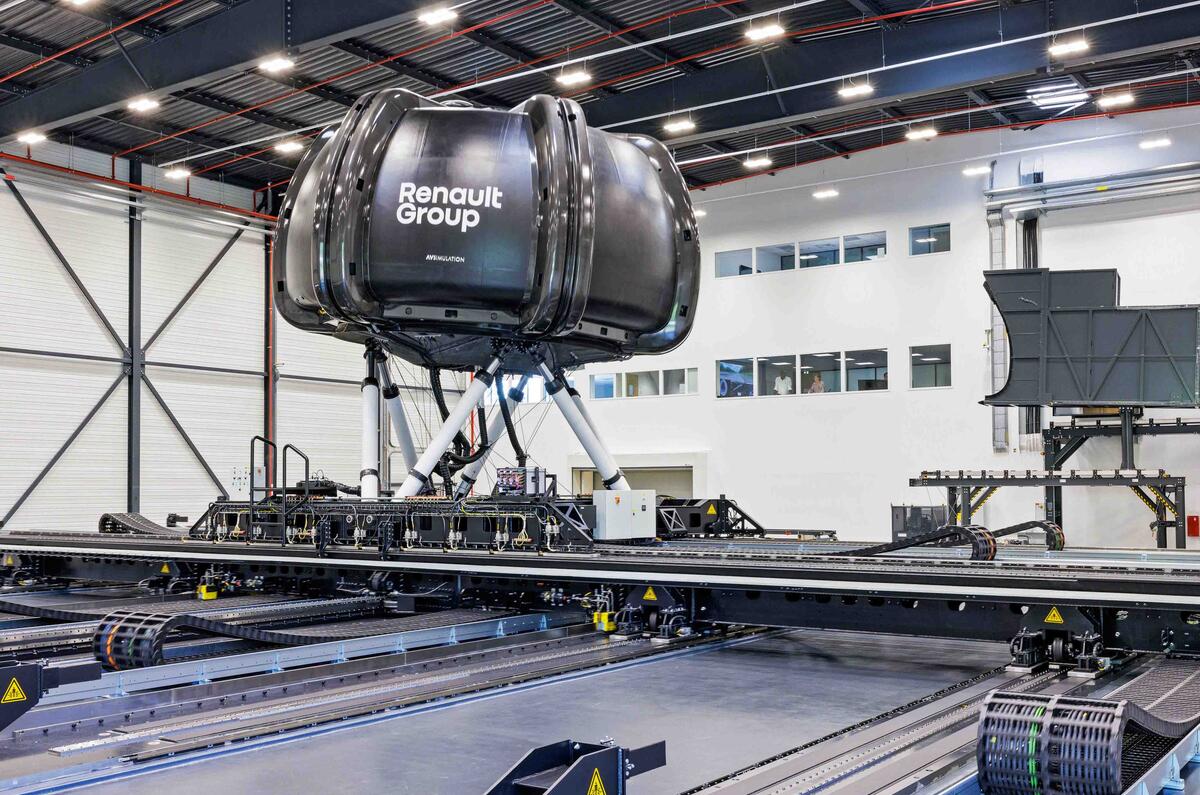
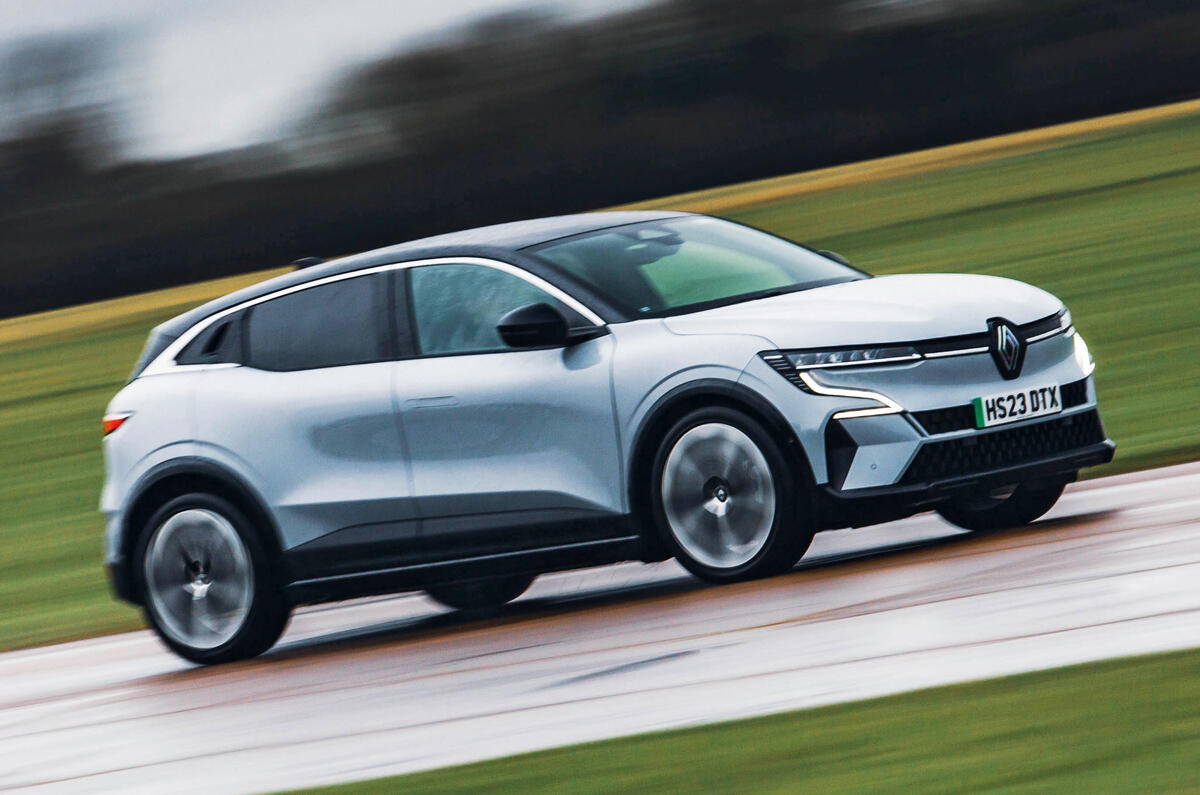
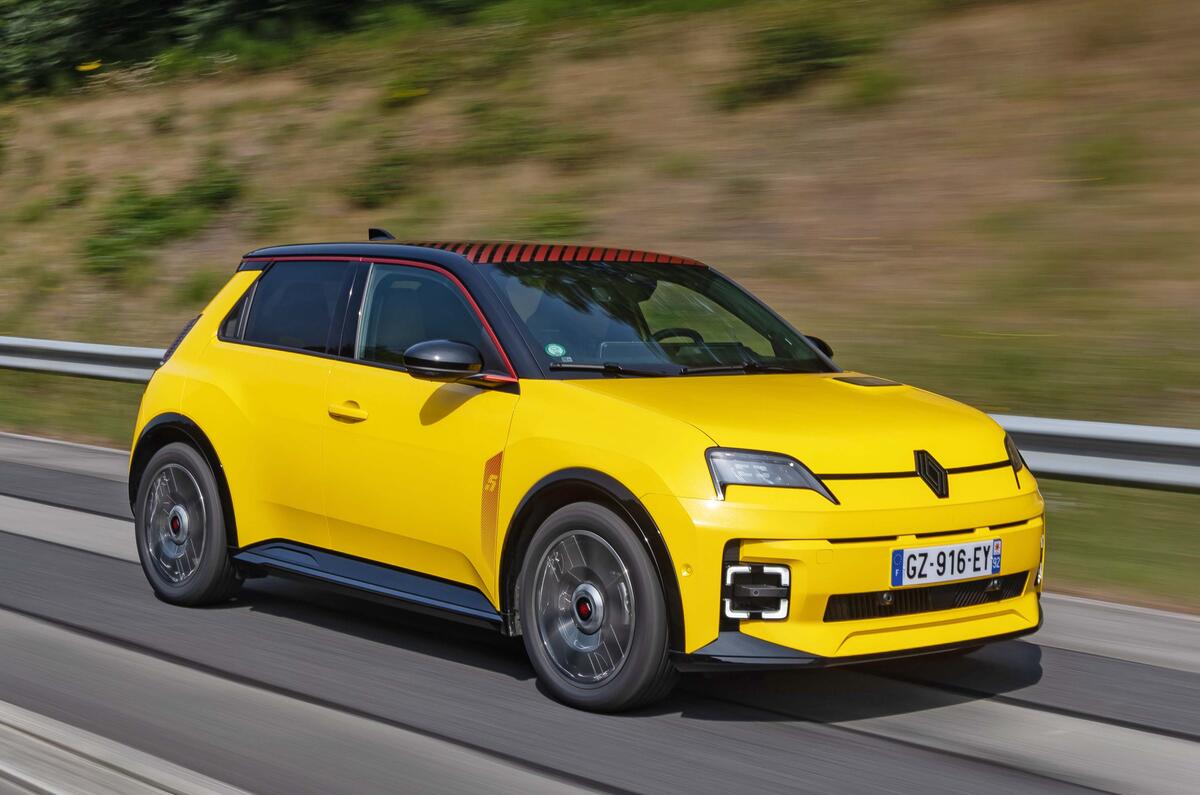
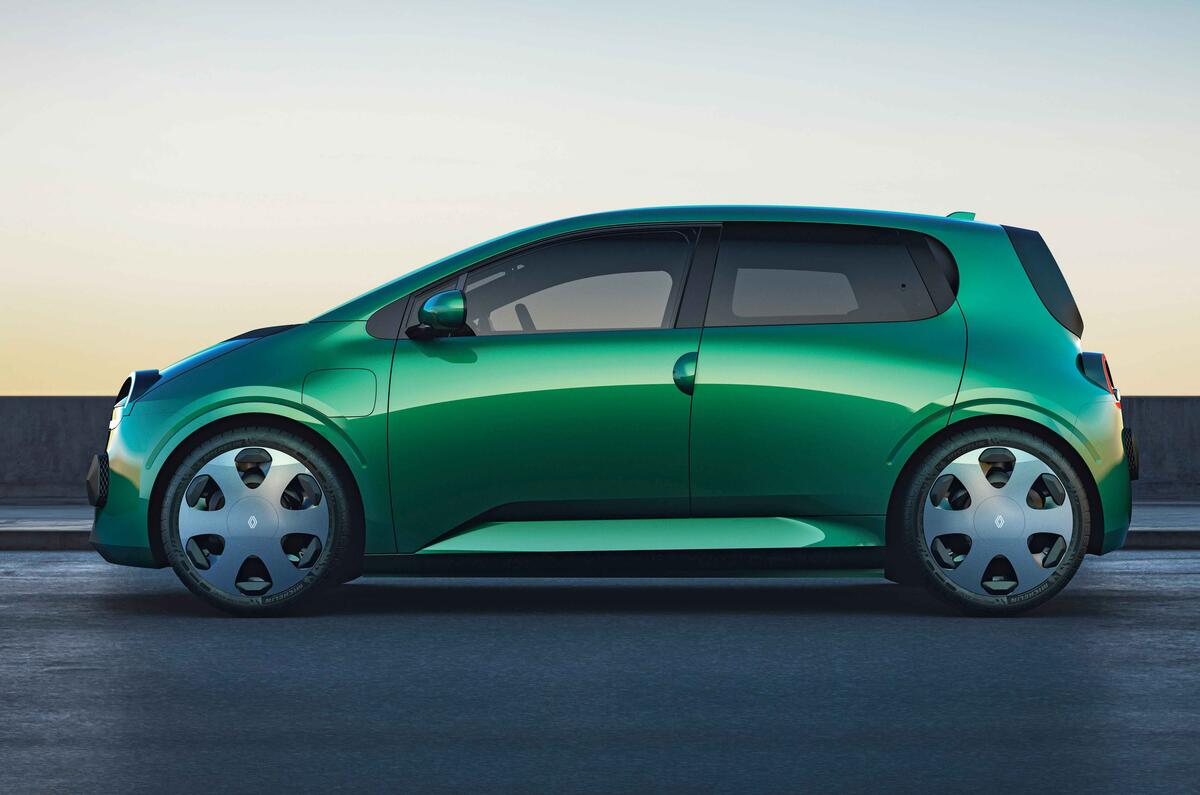
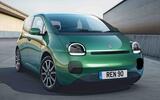
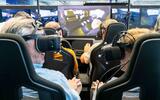
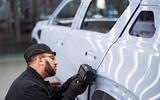
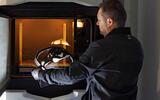
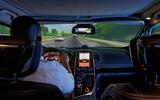
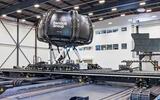
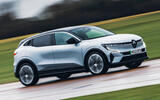
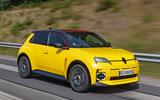
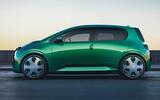



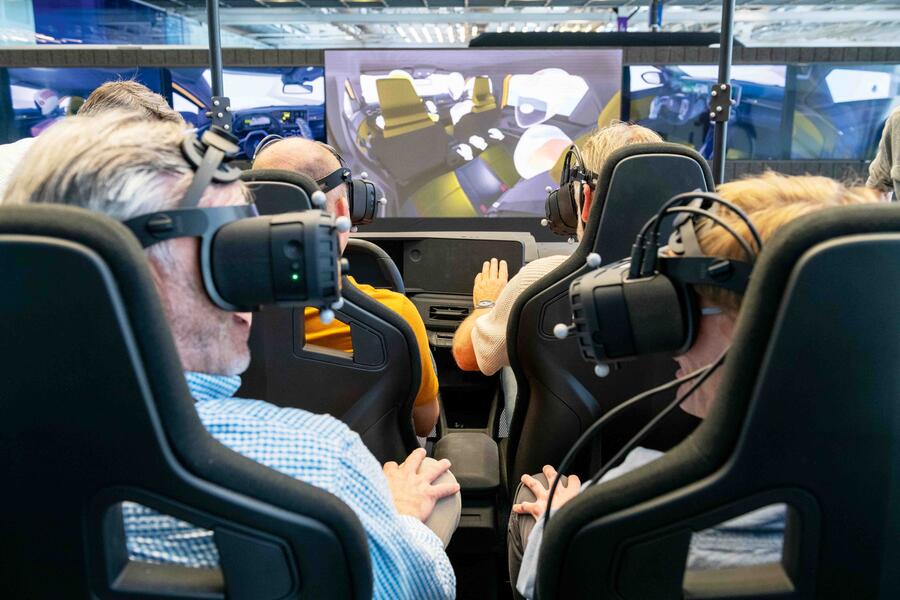
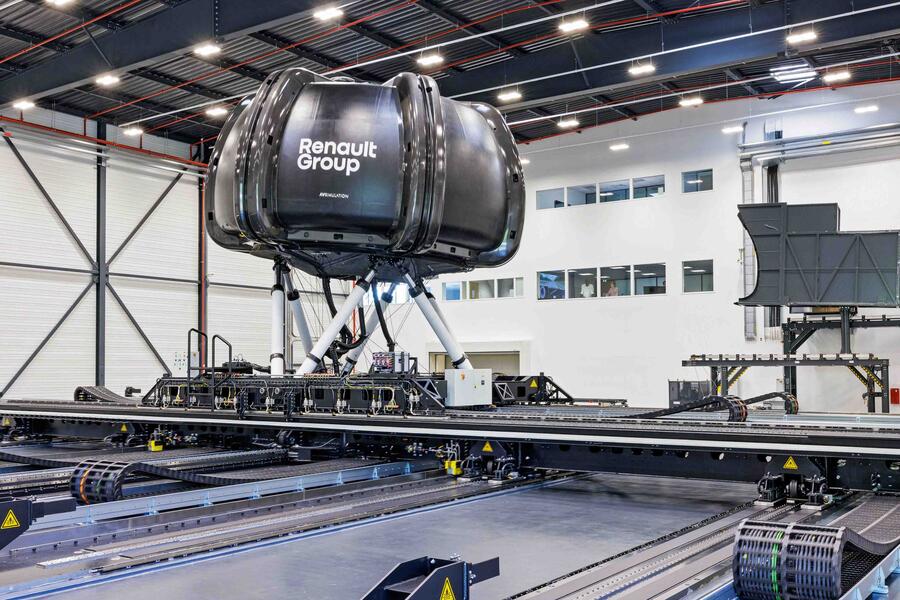
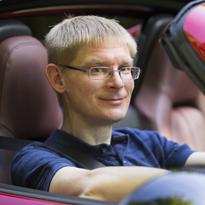




Join the debate
Add your comment
I wonder how long before car development is down to 1 year. Its only a matter of time I suppose. But still there will no doubt be some issues when it is launched but hopefully nothing to bad and hopefully the new Twingo is a huge success. The MK3 Twingo is still my favourite though.
Still ridiculously too long! The funniest of all is VW's iD2 - what is it, now, six years? Cars have got to be cheaper, but they have GOT to be made quicker. Having been in manufacturing and production myself, we could get a product (admittedly not half as complex as a car) out in less than 6 months, sometimes 4 months. When you have a team tied up in development for years on a new production, that is lost money which you have to try and get back.
So ( and as cute as it seems to be, and as much as I love the OG Twingo ), I'll be very curious to see how much Renault there is in this brand new, " 100 week " Renault Twingo.
Thanks for that, didn't know that. I refuse to buy anything Chinese if possible, and was looking at this for my wife.
It's not Chinese, part of it's development was accelerated in China but it will be manufactured in France on the same line as the R5, R4, Megane and Scenic.
if it was made in China I would imagine the build quality and reliability would probably be better.